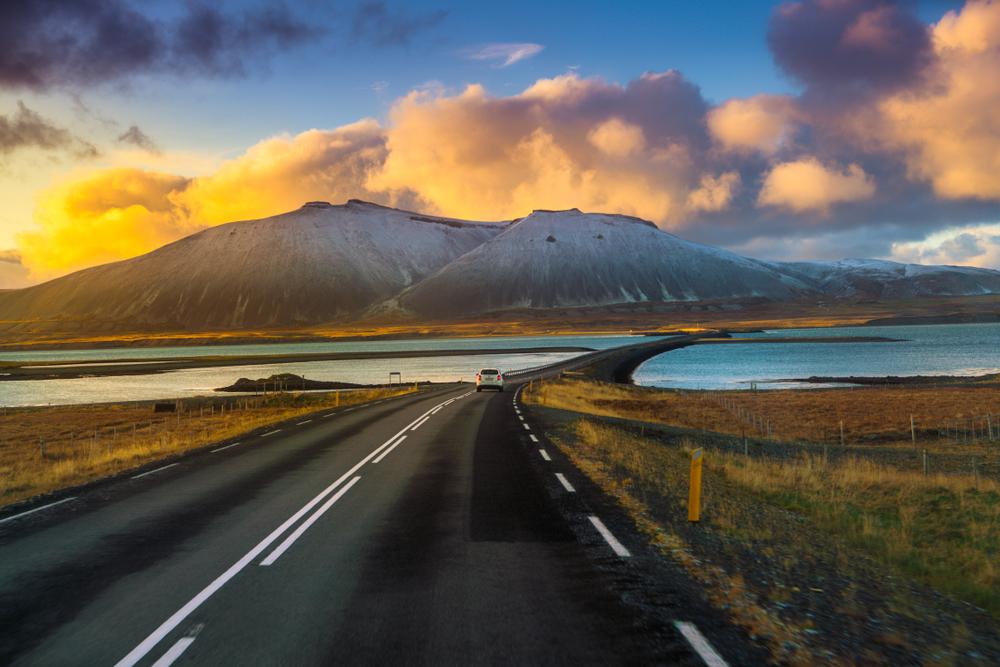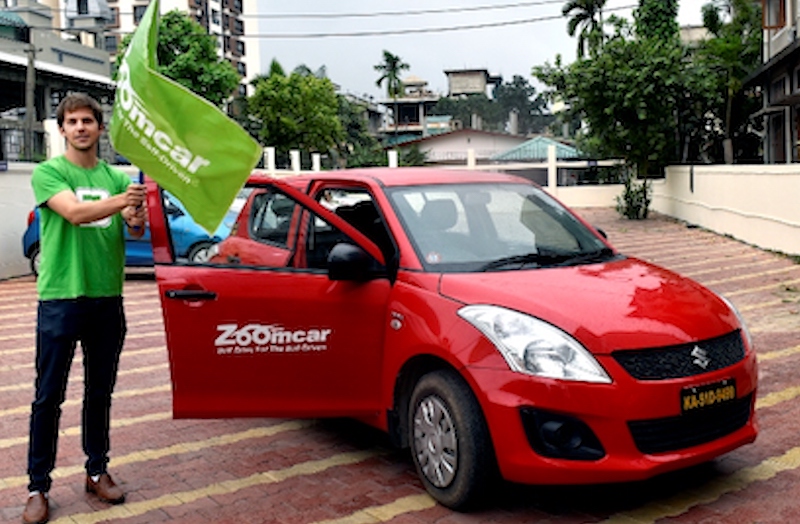The Ring Road Iceland, officially known as Route 1, is one of the most scenic road trips in the world. Stretching over 1,322 kilometers, this circular highway loops around the entire country, connecting major towns, national parks, and diverse landscapes. From waterfalls and glaciers to volcanoes and black sand beaches, the Ring Road offers a gateway into Iceland’s wild beauty.
Unlike many other destinations, Iceland can be explored almost entirely through this one main road, making it perfect for self-drive travelers. Whether you’re visiting in the glow of summer’s midnight sun or the frosty beauty of winter, Route 1 is an unforgettable experience. This guide will provide a detailed breakdown of the best time to go, must-see stops, how many days you need, driving tips, accommodations, and packing essentials.
If you’re planning a road trip that’s both manageable and mesmerizing, Ring Road Iceland is the ultimate route to take.
What is the Ring Road (Route 1) in Iceland?
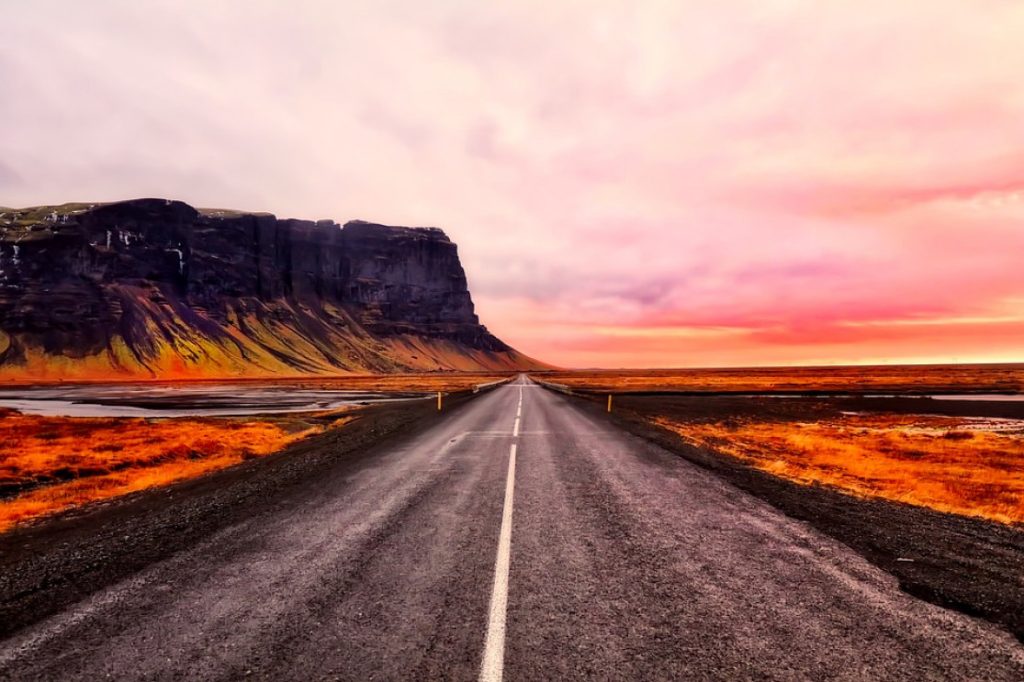
The Ring Road, or Route 1, is Iceland’s primary highway, connecting the country’s most populated regions and natural attractions. It forms a complete circle around the island and can be driven in either direction—clockwise or counterclockwise—starting from Reykjavík, Iceland’s capital. The road is paved and accessible year-round, though weather conditions can affect certain segments, especially in the winter.
Constructed in the 1970s and completed in 1974, the Ring Road plays a vital role in Iceland’s infrastructure and tourism. It links urban centers such as Reykjavík, Akureyri, and Egilsstaðir, but also passes near less populated areas like the East Fjords and Southeast Iceland, which are rich in dramatic landscapes and hidden gems.
The road itself is in good condition, but travelers should note that fuel stations, restaurants, and accommodations are sparse in remote areas. Advance planning is key. Still, its accessibility and range of attractions make the Ring Road an excellent introduction to Iceland’s natural wonders.
Best Time to Drive the Ring Road in Iceland
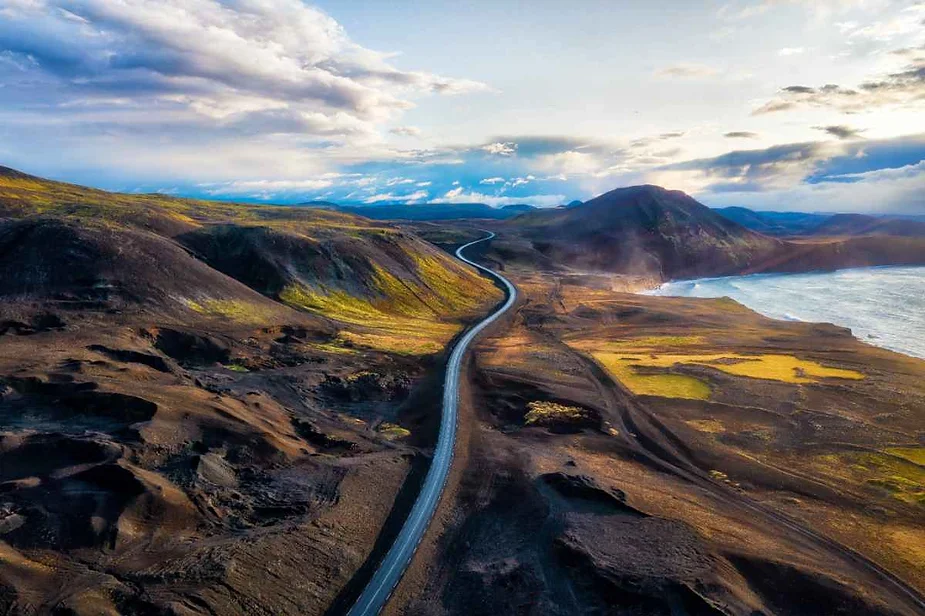
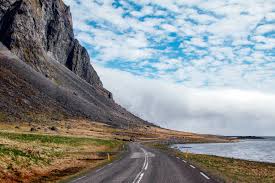
Choosing the best time to drive the Ring Road depends on your interests and comfort with varying weather conditions. The most popular season is summer (June to August), when Iceland experiences long daylight hours, mild weather, and open access to most attractions. During this time, travelers can enjoy over 20 hours of daylight, which allows more time for exploration and safer driving conditions.
Spring (May) and early autumn (September) are great alternatives for avoiding peak tourist crowds. These shoulder seasons still offer manageable weather, beautiful landscapes, and lower accommodation prices. However, weather is more unpredictable, and some mountain roads or hiking trails may be closed.
Winter (October to April) is best for those who want to experience Iceland’s snowy scenery and possibly witness the Northern Lights. While the landscapes are magical, winter driving can be hazardous. Snowstorms, icy roads, and reduced daylight hours demand extra caution. Renting a four-wheel drive and checking road conditions daily is essential during this season.
Best Stops Along the Ring Road (Clockwise from Reykjavík)
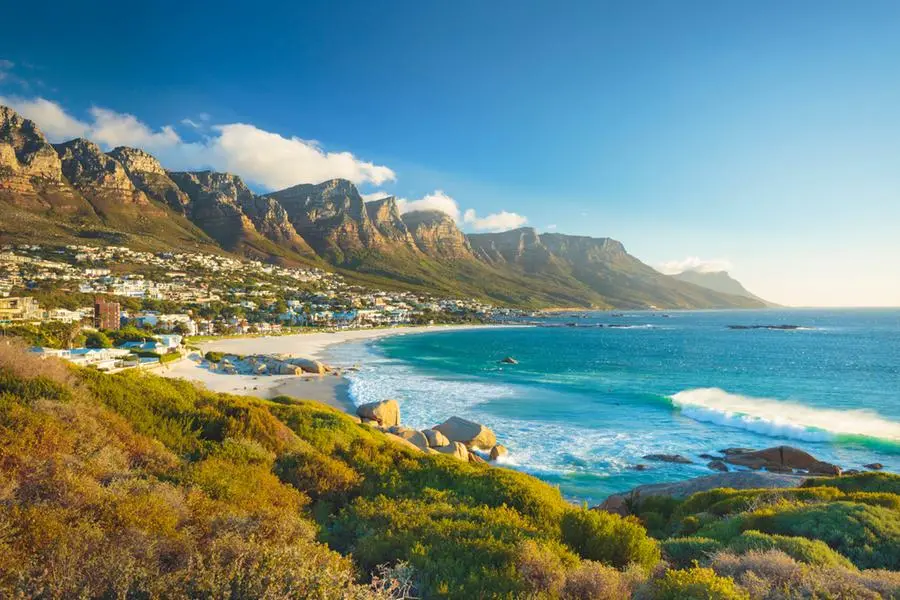
Reykjavík
Start your journey in Reykjavík, Iceland’s capital and largest city. It’s the ideal place to stock up on supplies, rent a car, and visit cultural landmarks. Explore Hallgrímskirkja Church, the tallest building in the city, or relax at the Sky Lagoon. Art lovers should visit the Reykjavík Art Museum, while foodies will enjoy the city’s growing restaurant scene featuring fresh seafood and Icelandic lamb.
South Coast
Heading southeast, you’ll reach Iceland’s spectacular South Coast, home to many iconic sights. Highlights include Seljalandsfoss, a waterfall you can walk behind, and Skógafoss, a powerful 60-meter-high cascade. Further east, stop by the eerie Reynisfjara Black Sand Beach and admire the towering basalt columns and sea stacks near the village of Vík.
Vatnajökull National Park
Continuing along the southeastern coast brings you to Vatnajökull National Park, home to Europe’s largest glacier. A must-visit here is Jökulsárlón Glacier Lagoon, where floating icebergs drift toward the ocean. Across the road lies Diamond Beach, where glacier ice shines on black volcanic sand. Adventurous visitors can also explore nearby glacier caves or hike in Skaftafell, known for its accessible trails and glacier views.
East Fjords
The East Fjords are a quieter part of the Ring Road, offering rugged mountains, dramatic coastlines, and peaceful fishing villages. Stop in Seyðisfjörður, a colorful town known for its arts scene and Norwegian-style architecture. This region is less touristy, making it ideal for those seeking solitude and untouched landscapes. Keep an eye out for reindeer, which roam freely here.
North Iceland
As you head into the north, visit Lake Mývatn, a geothermal area filled with pseudocraters, bubbling mud pools, and lava formations. The nearby Mývatn Nature Baths offer a relaxing hot spring experience. A short drive away is Goðafoss, one of Iceland’s most beautiful waterfalls. End this leg of the journey in Akureyri, often called the capital of North Iceland. It’s a vibrant town with great dining, a botanical garden, and whale watching tours.
West Iceland
On your return to Reykjavík, explore West Iceland, home to lesser-known gems. Visit Hraunfossar and Barnafoss, a pair of striking waterfalls formed by lava filtering water into the Hvítá River. Consider a detour to the Snæfellsnes Peninsula, a region that encapsulates Iceland’s diversity in one area—glaciers, lava fields, beaches, and quaint villages.
How Many Days Are Needed for the Ring Road?
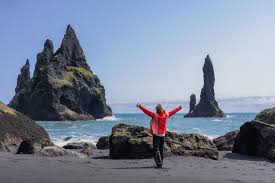
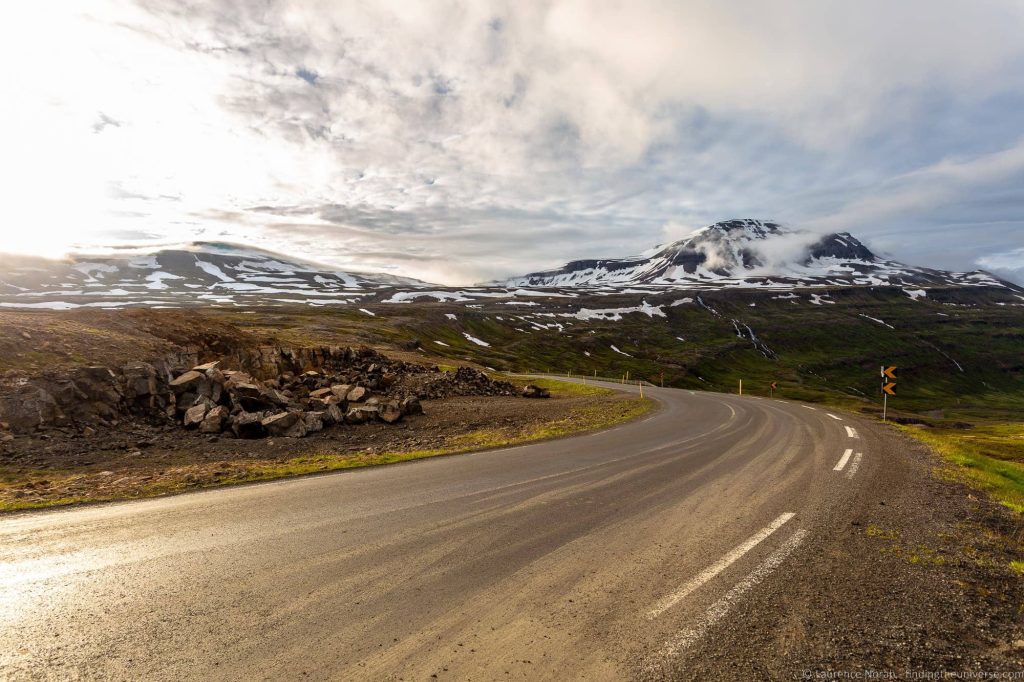
While the Ring Road can be driven in 6 to 7 days, this pace is often too rushed to fully enjoy the landscapes and attractions. A 10-day trip allows more flexibility, better rest, and time for detours or spontaneous stops. Those with 14 days can take things even slower, spend extra time in favorite regions, or include more in-depth hikes and activities.
Here is a sample breakdown for a 10-day Ring Road itinerary:
- Day 1: Arrive in Reykjavík
- Day 2: Golden Circle (optional detour)
- Day 3–4: South Coast (Vík and glaciers)
- Day 5–6: East Fjords
- Day 7–8: North Iceland (Mývatn, Akureyri)
- Day 9: West Iceland
- Day 10: Return to Reykjavík
Flexibility is key in Iceland due to unpredictable weather. Adding a buffer day or two is wise, especially in colder months. Plan driving segments around 3–4 hours per day to allow time for sightseeing and rest.
Driving Tips for Ring Road Iceland
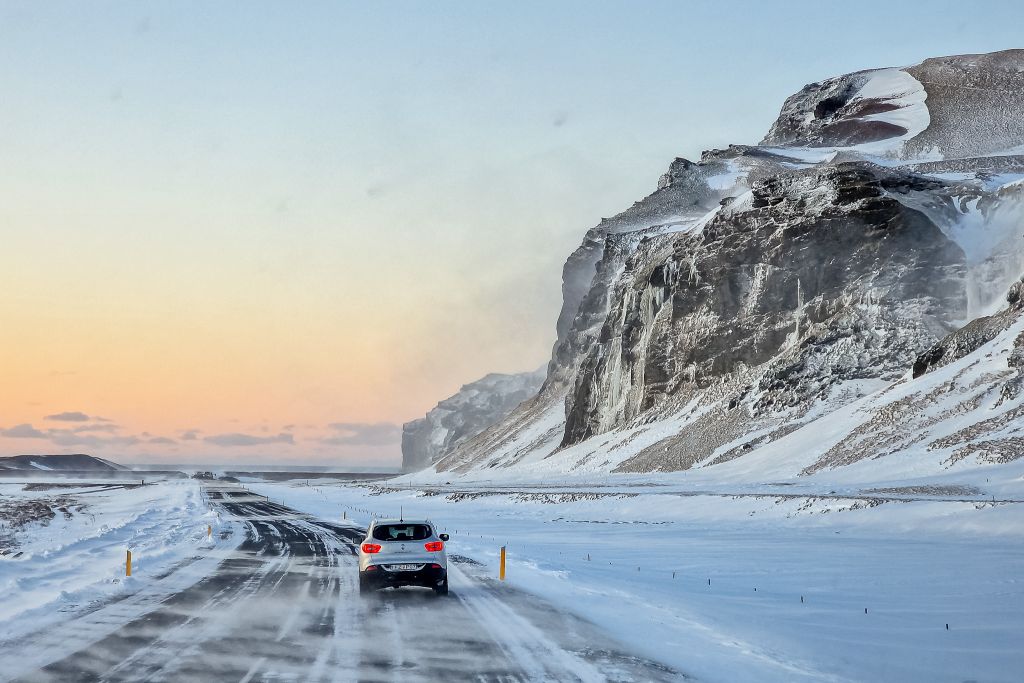
Driving in Iceland is relatively straightforward, but it does come with unique challenges. First, always rent a car that suits the season. A 2WD is usually fine in summer, but 4WD is strongly recommended in winter or for any mountain detours.
Be aware that Iceland has strict speed limits (90 km/h on paved roads, 80 km/h on gravel), and speeding fines are high. Also, driving off-road is illegal and can cause permanent damage to Iceland’s fragile landscapes.
Watch out for sheep, which frequently cross the road. In rural areas, fuel stations may be far apart—refuel regularly and carry snacks and water. Use navigation apps or offline maps, as signal can be weak in remote regions.
Most importantly, check daily weather and road conditions on road.is and vedur.is. Conditions can change quickly, and wind or snow may make certain sections dangerous or impassable.
Where to Stay Along the Ring Road
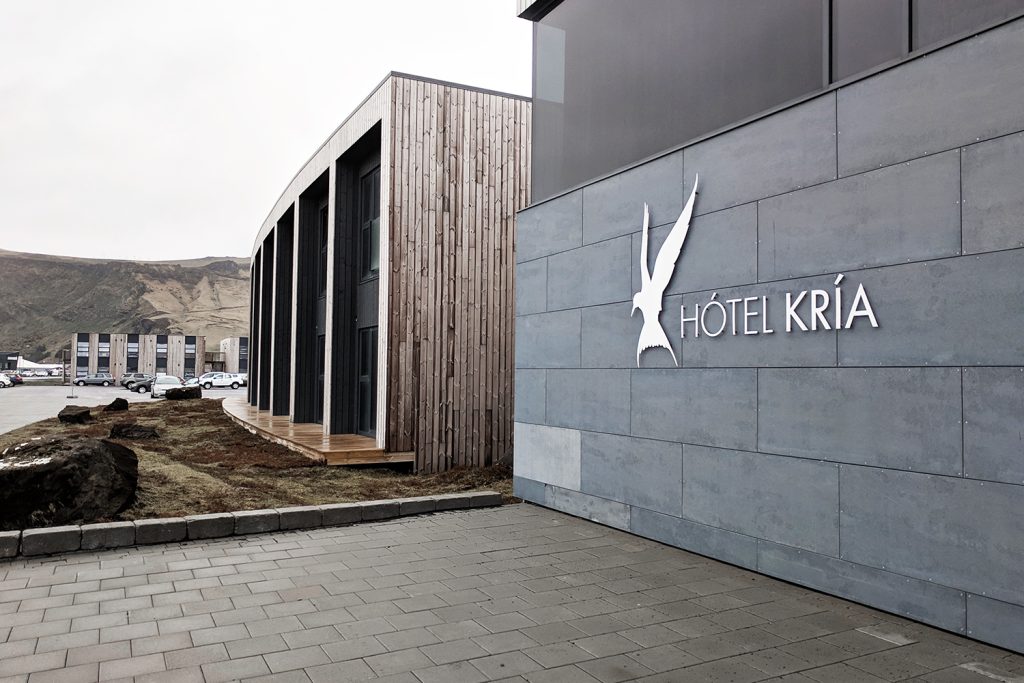
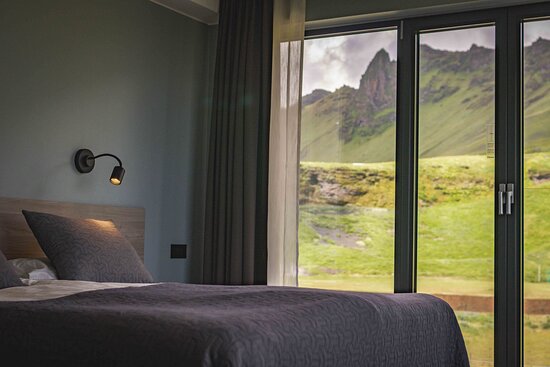
Accommodations range from hostels and guesthouses to boutique hotels and countryside cabins. Booking in advance is strongly advised during summer. Popular options include:
- South Coast: Hotel Kría (Vík), Fosshotel Glacier Lagoon
- East Fjords: Gistihúsið Lake Hotel Egilsstaðir
- North Iceland: Icelandair Hotel Akureyri, Dimmuborgir Guesthouse
- West Iceland: Hotel Húsafell, Fosshotel Reykholt
For budget travelers or those seeking more flexibility, camping is a great option. Iceland offers numerous campsites along the Ring Road, but wild camping is restricted and usually not allowed unless permitted by the landowner.
Another option is campervans, which combine transportation and lodging. They offer convenience and a sense of freedom, especially in remote areas.
Packing List for Ring Road Iceland
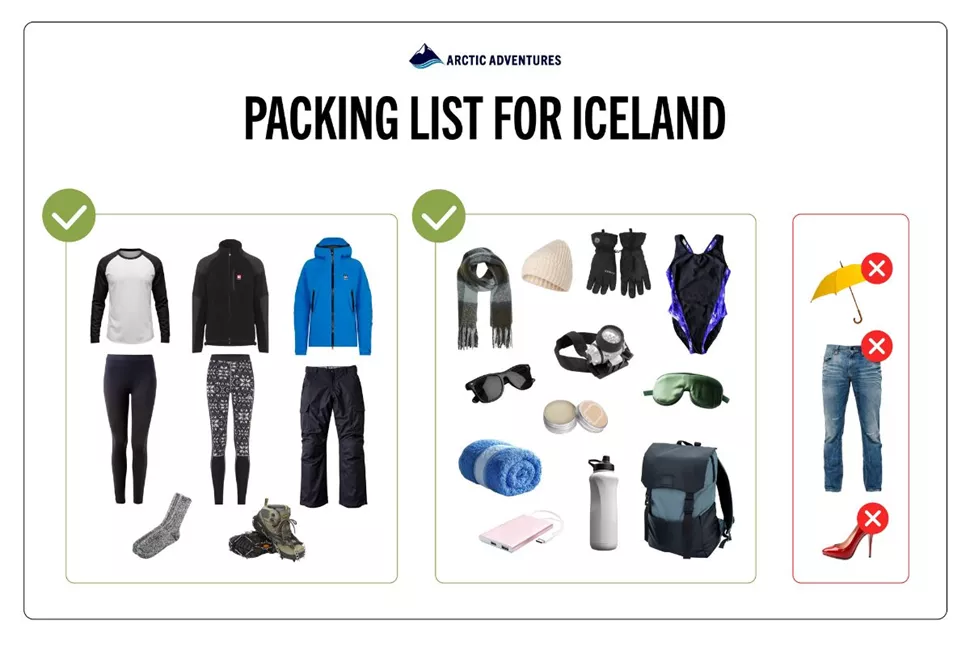
Packing appropriately for your Ring Road adventure is crucial due to Iceland’s fast-changing weather. Even in summer, you may experience cold temperatures, wind, and rain.
Here are essentials to bring:
- Waterproof and windproof jacket
- Thermal layers and wool socks
- Sturdy, waterproof hiking boots
- Gloves, hat, and scarf
- Swimsuit and towel (for hot springs and pools)
- Sunglasses and sunscreen
- Reusable water bottle
- Offline maps or GPS
- Phone charger and power bank
- Basic first aid kit and road snacks
Always keep extra food and warm clothes in the car, especially in winter. Iceland’s conditions are beautiful but can be unpredictable.
Final Thoughts: Why the Ring Road is a Journey Worth Taking
Driving the Ring Road Iceland is more than just a road trip—it’s a life-changing adventure through some of Earth’s most stunning landscapes. With glaciers, volcanoes, waterfalls, and cultural highlights all accessible via one road, Route 1 makes Iceland both accessible and extraordinary.
Planning ahead ensures a safe and enjoyable trip. Choose the right time of year, prepare your itinerary, and drive responsibly. Whether you’re exploring Iceland solo, with friends, or as a family, this road will leave you with unforgettable memories and breathtaking photographs.

